
Before (and somewhat during) the heavy influence of the heavy Neo-Rococo designs that worked so w...
Read more
Dedication: To D.H.R from her affectionate mother. Often a piece comes along that you feel in you...
Read more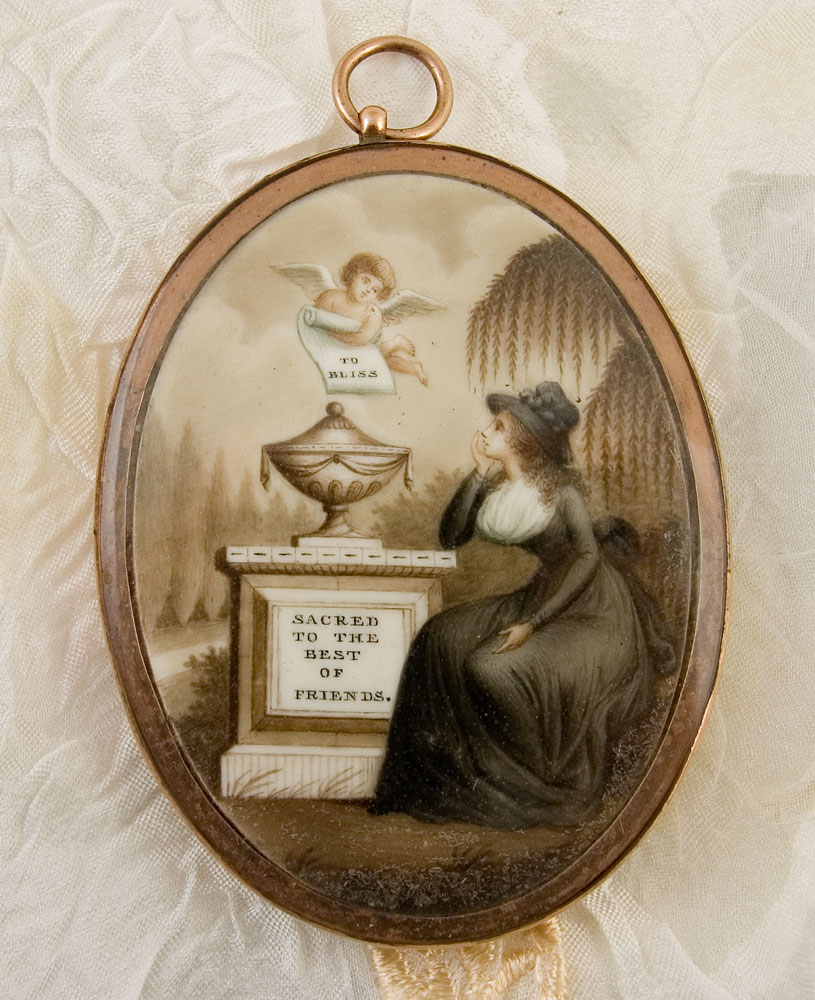
This piece is pained on ivory, measured 1.75 (4.3cm) by 2.25 (6.8cm) inches (loop excluded), set ...
Read more
On the face of it, this Pinchbeck brooch shows a significant amount of damage and its physical pr...
Read more
From the collection of Marielle Soni comes this amazing and very important 1836/37 ring. Why is i...
Read more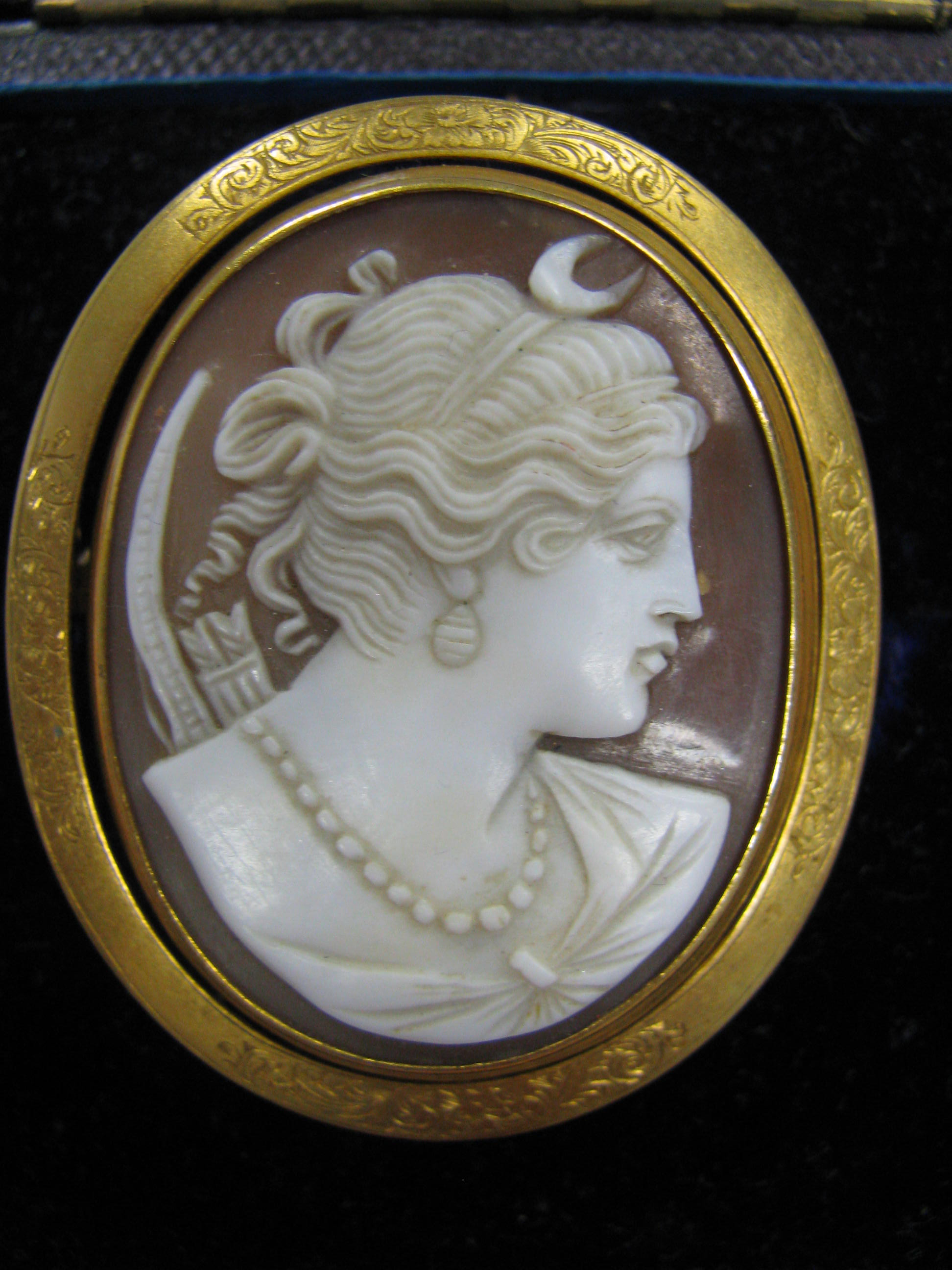
From the collection of the family of Diana Forsyth comes this wonderful (and pristine) cameo broo...
Read more
The clover is a flourish used in Classical Revival mourning jewels of the mid 19th century. It ha...
Read more
This smaller, Australian card from 1915 follows a style that was commonly used in the 1890s. Not ...
Read more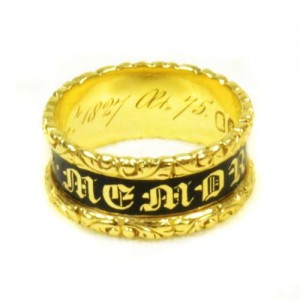
Black enamel bands are the most recognised of mourning jewels, being placed in very visible posit...
Read more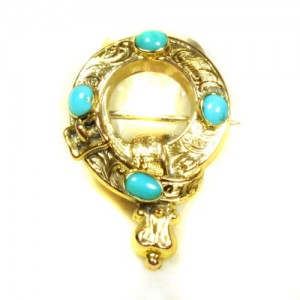
Love is a circle. A constantly repeating message of devotion, one that repeats often in jewellery...
Read more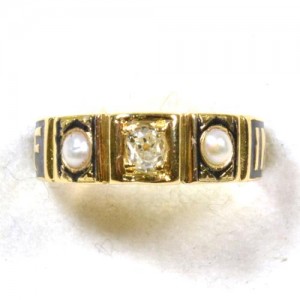
The late Victorian period was one of standardisation in social formality. In many ways, having st...
Read more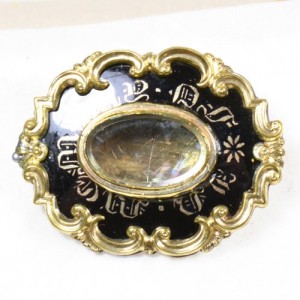
Mourning jewels are easy to identify for their purpose. It is within the sentiment of a jewel tha...
Read more